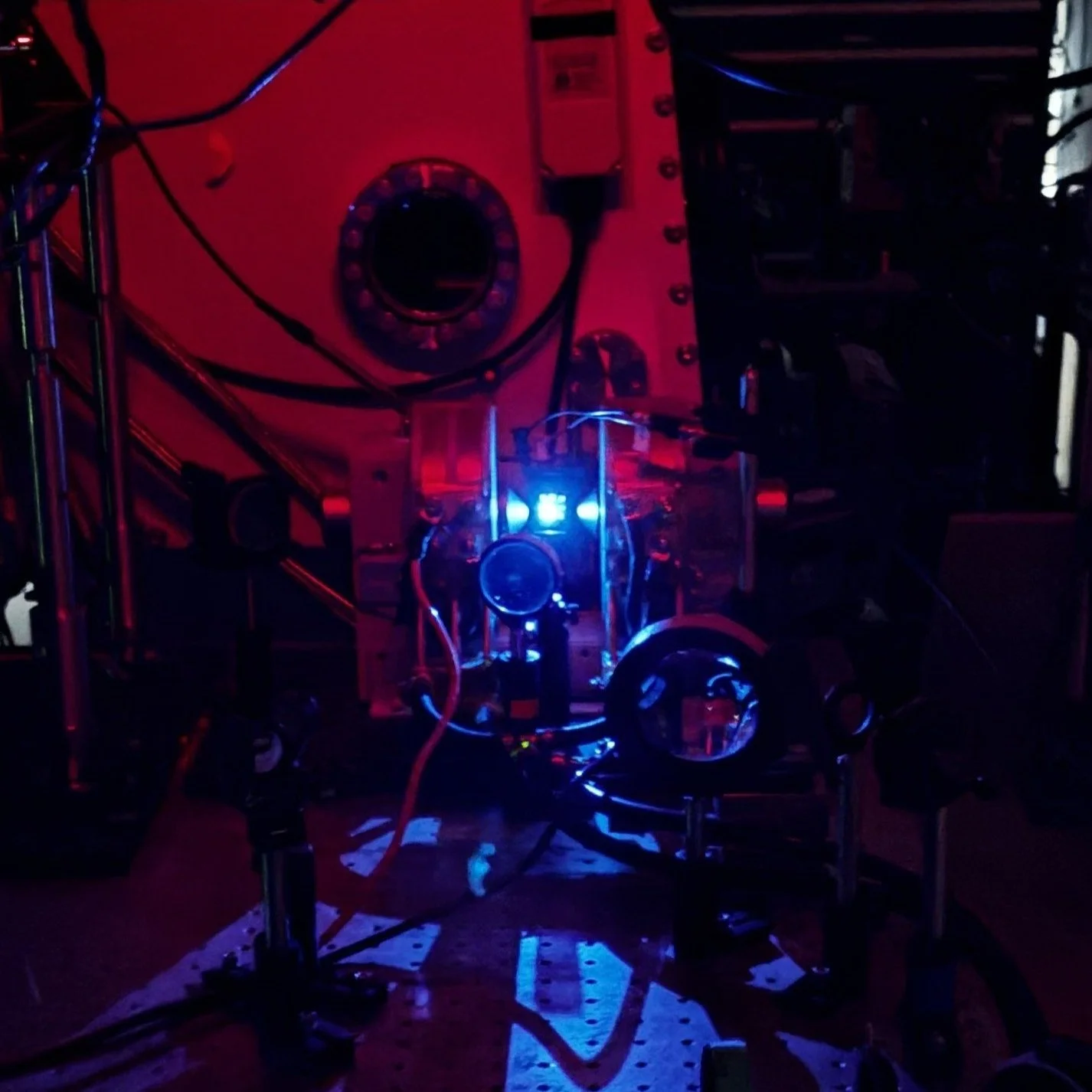Research
The Bawendi lab follows an interdisciplinary research program that studies the science and technology of chemically synthesized nanostructures. Our work advances both fundamental science as well as applications. The laboratory develops nanomaterials for light emission, photodetection, spectral sensing, solar energy harvesting, and bio-imaging.
Our studies include: (1) the development of methods for synthesizing, characterizing, and processing quantum dots, magnetic nanoparticles, J-aggregates, and thin film materials, (2) the study of the fundamental optical and magnetic properties of nanostructures using a variety of spectroscopic methods, including the development of photon correlation tools to study single nanoscopic quantum emitters, (3) incorporating quantum dots, magnetic particles, J-aggregates, and thin film materials into optical and opto-electronic device structures, and (4) developing tools and probes, including nanoparticles and other contrast agents, for biomedical imaging.
Synthesis
Magnetic separation of supernanoparticles using a magnetic column.
Our group has a long history of synthesizing high-quality colloidal nanomaterials to discover new physics at the nanoscale. Current material classes include lead halide perovskite QDs for quantum light generation, organic J-aggregates for bright and fast fluorophores, InP and CdSe QDs for light emitting devices, as well as novel materials for high refractive index applications and iron oxide materials as MRI contrast agents. Employing strategies such as precursor optimization, ligand engineering and inorganic shell growth, we design a diverse collection of robust and functional nanomaterials and study their co-assembly into more complex architectures, including nanospheres, cubes, rods, platelets, and sheets.
Spectroscopy
Laser lights passing through a beamsplitter. Photography by Hendrik Utzat.
Broadly, our group uses advanced spectroscopic techniques to study the photophysical properties of high-quality nanoscale emitters. We develop novel photon correlation methods for extracting single nano-emitter photophysical properties. Ongoing research focuses on higher order multiexciton dynamics in colloidal nanomaterials, low temperature studies of excitonic fine structure, and spectral coherence. We probe a variety of nano-emitters as potential sources of quantum light, including for the generation of entangled photon pairs, and as sources of coherent single photons for two photon coalescence. We also develop new spectroscopic tools for extracting single quantum emitter optical properties from measurements of ensembles of emitters, and machine learning algorithms for improved data processing.
Optoelectronic Devices
A blue light emitting device operated in a strong magnetic field. Phototography by Oliver Nix.
Our group studies the chemistry, photophysics, and device physics of a wide range of optoelectronic and photonic devices. Ongoing research includes developing and optimizing new perovskite photovoltaic materials and structures, investigating carrier dynamics and the stability of quantum dot and organic light emitting devices, and engineering the organic-inorganic interface in sensitized silicon solar cells. We are also interested in developing photonic cavities for enhancing nanomaterial quantum emission and optimizing solid state photon upconversion and downconversion devices.
Imaging
Atomic force microscopy of single J-aggregates. Imaging by Dimuthu Arachchi.
Our group utilizes and develops state of the art techniques to image single nanoparticles at nanometer resolution and, at a larger scale biological structures. Diffraction-limited optical imaging at low temperature, atomic force microscopy and electron microscopy take snapshots of single nanoparticles and provide unique insights into the relationships between their structure and their photophysics. Our optical imaging is combined with photon correlation spectroscopies to resolve transform limited spectral linewidths of single nano-emitters. Larger scale optical and magnetic imaging probes biological structures in vitro as well as in vivo.




